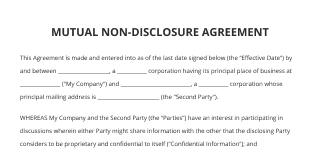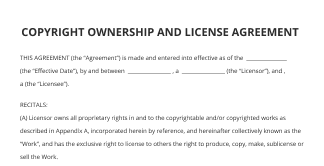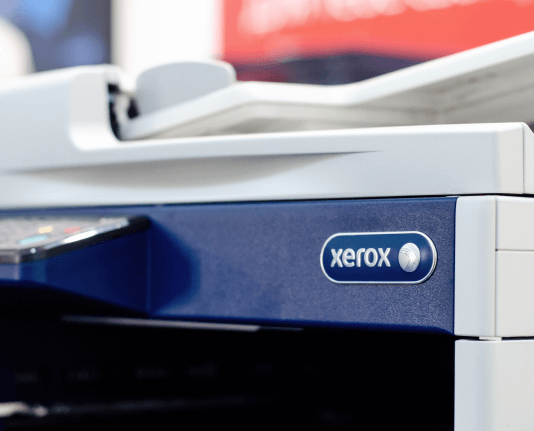Understanding the Difference between Invoice and Bill for Your Business Needs
Move your business forward with the airSlate SignNow eSignature solution
Add your legally binding signature
Integrate via API
Send conditional documents
Share documents via an invite link
Save time with reusable templates
Improve team collaboration
See airSlate SignNow eSignatures in action
Understanding the Definitions
To grasp the difference between an invoice and a bill, it is essential to understand their definitions. An invoice is a detailed document issued by a seller to a buyer, indicating the products or services provided, their quantities, prices, and the total amount due. It often includes payment terms and deadlines. In contrast, a bill is a more general term that refers to a statement of charges for goods or services rendered, typically requiring immediate payment. While all invoices can be considered bills, not all bills are invoices.
Key Components of Invoices
Invoices typically contain specific elements that differentiate them from bills. These components include:
- Invoice Number: A unique identifier for tracking purposes.
- Seller Information: Details about the business issuing the invoice, including name, address, and contact information.
- Buyer Information: Details about the customer, including name and address.
- Description of Goods or Services: A breakdown of what was provided, including quantities and prices.
- Payment Terms: Information on when payment is due and acceptable payment methods.
Characteristics of Bills
Bills are generally less detailed than invoices and may include the following features:
- Less Formal Structure: Bills often lack the detailed breakdown found in invoices.
- Immediate Payment Expectation: Bills usually indicate that payment is due upon receipt.
- Common Usage: Bills are often used in everyday transactions, such as utility bills or restaurant checks.
When to Use Invoices vs. Bills
Understanding when to use an invoice versus a bill can help streamline financial processes. Use invoices when:
- Providing goods or services on credit.
- Documenting detailed transactions for accounting purposes.
- Establishing a formal agreement regarding payment terms.
On the other hand, bills are suitable for:
- Transactions that require immediate payment.
- Everyday purchases where a detailed breakdown is unnecessary.
Legal Considerations in the U.S.
In the United States, both invoices and bills serve important roles in financial documentation. Invoices may be subject to specific regulations, especially in business-to-business transactions. Accurate invoicing can aid in tax reporting and compliance. Bills, while less formal, also play a crucial role in consumer protection laws, ensuring that consumers are informed about what they owe.
Digital Document Management
In a digital workflow, managing invoices and bills efficiently can enhance productivity. Using tools like airSlate SignNow allows users to create, send, and eSign invoices and bills securely. This streamlines the process of requesting payments and ensures that all documentation is organized and easily accessible. Users can prepare and send invoices for eSigning, edit details as needed, and track payment status in real-time.
airSlate SignNow solutions for better efficiency
Our user reviews speak for themselves






Why choose airSlate SignNow
-
Free 7-day trial. Choose the plan you need and try it risk-free.
-
Honest pricing for full-featured plans. airSlate SignNow offers subscription plans with no overages or hidden fees at renewal.
-
Enterprise-grade security. airSlate SignNow helps you comply with global security standards.

Grasping the distinction between invoice and bill
When overseeing finances, it's vital to comprehend the distinction between an invoice and a bill. Both documents fulfill the function of requesting payment, yet they vary in context and application. In this guide, we will examine how to effectively utilize airSlate SignNow to streamline your document signing procedure.
Steps to grasp the distinction between invoice and bill using airSlate SignNow
- Launch your web browser and go to the airSlate SignNow website.
- Set up a free trial account or log into your existing account.
- Select the document you intend to sign or send for signature.
- If you plan to reuse this document, convert it into a reusable template.
- Access your document and make necessary adjustments, such as adding fillable fields.
- Sign the document and include signature fields for the recipients.
- Click 'Continue' to set up and send an eSignature invitation.
By leveraging airSlate SignNow, businesses can effectively manage their document signing requirements with a user-friendly and economical solution. The platform offers outstanding return on investment with its all-encompassing features designed for small to mid-sized enterprises.
With clear pricing and no hidden costs, airSlate SignNow guarantees you receive exceptional support around the clock for all paid plans. Begin your free trial today and discover the advantages firsthand!
How it works
airSlate SignNow features that users love
Get legally-binding signatures now!
FAQs
-
What is the difference between an invoice and an itemized bill?
However, a bill is sent to customers who owe payment immediately, whereas an invoice is issued to a customer who owes payment but potentially not for days, weeks, or even months, depending on the payment terms. -
Is an invoice the same as a bill?
Different statuses: One of the primary differences between bills vs. invoices is their status. Bills contain limited information and details about items furnished, prices, and taxation. Invoices are official business documents, so they're much more detailed. -
Is an invoice just a bill?
Bills and invoices, while often used interchangeably, have two different meanings. A bill may be delivered immediately with payment expected quickly in return, whereas invoices may serve as part of a larger inventory tracking system to benefit customers and businesses. -
Is invoicing the same as billing?
An invoice and a bill are documents that convey the same information about the amount owing for the sale of products or services, but the term invoice is generally used by a business looking to collect money from its clients, whereas the term bill is used by the customer to refer to payments they owe suppliers for ... -
When to use an invoice or bill?
Bills are commonly used to pay for goods and services received instantaneously, invoices can be used for immediate transactions, but are also used to request payment before a pre-approved date. -
What is the difference between invoices and bills?
Invoices often have a more detailed and itemized format, including a description of the goods or services provided, their quantity and price, any applicable taxes or fees, and the payment terms. Bills may be less detailed and may simply include the total amount owed, the payment terms, and any applicable taxes or fees.
What active users are saying — difference between invoice and bill
Related searches to Understanding the difference between invoice and bill for your business needs
Find out other difference between invoice and bill
- Create your sign-up form effortlessly with airSlate ...
- Easily insert e-signature in Word file for seamless ...
- Effortless signature integration for PDF to streamline ...
- Sign documents electronically free with airSlate ...
- Transform your documents effortlessly with the ...
- Experience seamless signature creation in Word online
- Unlock the power of your documents with our online PDF ...
- Quick sign PDF effortlessly with airSlate SignNow
- Effortless signature verification application online
- Electronically sign documents on Android with ease
- Create a signature mockup with airSlate SignNow
- Effortlessly manage your signature verification ...
- How to put signature in Google Docs effortlessly
- Easily add electronic signature on Word doc with ...
- Easily manage your signature check form pdf with ...
- Experience seamless transactions with our electronic ...
- Streamline your workflow with cloud signature in PDF
- Experience seamless document signing with our sign ...
- Seamlessly elevate your workflow with sign production ...
- Experience seamless sign management software for your ...






























